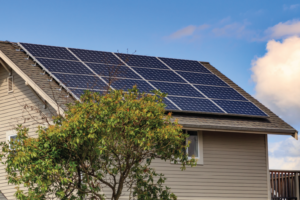 If you are considering making energy improvements to your home, you may be eligible for financial incentives under the Inflation Reduction Act.
If you are considering making energy improvements to your home, you may be eligible for financial incentives under the Inflation Reduction Act.
The NC Clean Energy Technology Center (NCCETC) has released a new Word to the Wise resource to help you become a better educated consumer and navigate the financial incentives offered to you by electric utilities, localities, states, or the federal government. This edition of the Word to the Wise features “Your Guide to Home Energy Upgrades with the Inflation Reduction Act” and includes information about the many incentives expanded or made available via the Inflation Reduction Act (IRA). To help as many interested individuals as possible, NCCETC has also produced a version en español: Unas Palabras para el Sabio – “Su Guía para Mejorar su Energía en la Casa con la Ley de Reducción de la Inflación.”
The Inflation Reduction Act (IRA) of 2022 is the most significant action Congress has taken on clean energy and climate change in the nation’s history. The bill includes $370 billion in investments committed to building a new clean energy economy through a combination of grants, loans, rebates, incentives and other investments.
“The IRA isn’t just for those in the industrial or commercial sectors,” noted Justin Lindemann, Policy Analyst at NCCETC. “Homeowners, renters, landlords, and building owners can participate in the national effort to decarbonize, electrify, and upgrade their energy efficiency through tax credits, deductions, and even forthcoming rebate programs.”
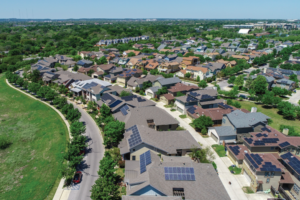 Residential customers interested in making certain energy efficient updates to their homes could qualify for home energy tax credits to lessen the cost of these upgrades. Some two dozen tax provisions included in the Inflation Reduction Act (IRA) will save families money on their energy bills and accelerate the deployment of clean energy, clean vehicles, clean buildings, and clean manufacturing.
Residential customers interested in making certain energy efficient updates to their homes could qualify for home energy tax credits to lessen the cost of these upgrades. Some two dozen tax provisions included in the Inflation Reduction Act (IRA) will save families money on their energy bills and accelerate the deployment of clean energy, clean vehicles, clean buildings, and clean manufacturing.
DSIRE Insight, a project of NCCETC, previously published a blog post – “The Many Incentives for Homeowners in the Inflation Reduction Act” – discussing provisions in the IRA that target the residential sector. The post provides an overview of five tax credits that can benefit homeowners or prospective car owners which are available now as well as future incentives currently in development as a result of the IRA.
The IRA expanded the credit amounts and types of qualifying expenses, giving taxpayers multiple opportunities to offset the cost of energy and energy efficiency upgrades, from tax credits to rebates; as well as a tax deduction for owners of multifamily buildings over three stories. Lindemann added, “Through these incentives, even low to moderate-income communities have the chance to purchase technologies and install equipment that can make their homes resilient against changes in our climate.”
The bill distributes $4.3 billion to state energy offices through 2031 to implement the Home Energy Performance-Based Whole-House Rebate (HOMES) programs. The state energy offices will determine the final design of these programs, but the Inflation Reduction Act provides the broad parameters and sets the maximum incentive levels. Larger incentives will be available for qualifying low- or moderate-income houses.
The North Carolina State Energy Office has announced it will receive nearly $200 million in funding provided by the IRA to help make energy efficiency upgrades to single and multi-family homes in North Carolina. The Inflation Reduction Act Home Rebates guidance that can be found here on the NC Department of Environmental Quality’s website explains these rebates are split into two programs; the HOMES program and the High-Efficiency Electric Home rebate program (HEEH).
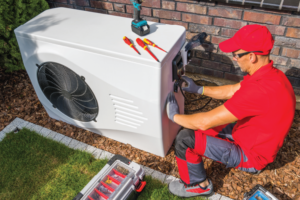 As with the HOMES program, the IRA establishes the general guidelines for the HEEH and the maximum incentives that the resulting programs can provide. The bill also includes a list of the appliance types and non-appliance upgrades eligible for incentives through the program, including heat pumps, heat pump water heaters, electric stoves, cooktop ranges, electric heat pump clothes dryers, insulation, air sealing, ventilation, and electric wiring.
As with the HOMES program, the IRA establishes the general guidelines for the HEEH and the maximum incentives that the resulting programs can provide. The bill also includes a list of the appliance types and non-appliance upgrades eligible for incentives through the program, including heat pumps, heat pump water heaters, electric stoves, cooktop ranges, electric heat pump clothes dryers, insulation, air sealing, ventilation, and electric wiring.
Heat pumps are a clean, affordable and efficient substitute for traditional fossil fuel furnaces and other heating/cooling systems. “The Good Kind of Global Heating (And Cooling)” article delves into the incentives stipulated in the IRA as well as state incentives currently available to support clean technologies like heat pumps.
The State Energy Office also provides a table summarizing the maximum allowed rebate amounts defined in the law for different types of home efficiency and electrification projects. Currently, the State Energy Office is soliciting public input on how to make rebates easily accessible. Click here to submit comments.
If you are not a North Carolina resident, you can find the State Energy Office in your state for updates on program availability by clicking here.
The Internal Revenue Service (IRS) provides more guidance for taxpayers interested in Home Energy Tax Credits. You can claim either the Energy Efficient Home Improvement Credit or the Residential Energy Clean Property Credit for the year when you make qualifying improvements according to the IRS.
Visit the Database of State Incentives for Renewables & Efficiency (DSIRE) to learn more about federal, state and utility policies and incentives to assist with paying for energy-saving home improvements or purchases. Maintained and operated by the NCCETC, DSIRE is the most comprehensive source of information on clean energy related policies and incentives in the United States with summaries of more than 2,600 incentives and policies.
The Residential Energy Efficiency Tax Credit was created by the Energy Policy Act of 2005, and provides a tax credit for certain energy efficient purchases by homeowners. While the credit previously had a lifetime cap of $500 and periodically expired altogether, the Inflation Reduction Act extended it through December 31, 2032 and increased its value for purchases made after December 31, 2022. The lifetime cap for the credit was removed in favor of caps on the amount of tax credit for each individual purchase or improvement, and an annual cap of $1,200 with some exceptions.
The Residential Renewable Energy Tax Credit was also created by the Energy Policy Act of 2005, and provides a tax credit for renewable energy equipment purchased by homeowners. Previous legislation had established a phaseout of the credit, decreasing to 22% in 2023 and expiring completely in 2024. The Inflation Reduction Act delayed the phaseout of the credit and extended the expiration date. Eligible equipment placed in service by December 31, 2032 can receive a tax credit of 30%. Additionally, the IRA also made standalone energy storage systems eligible for this tax credit for the first time.
Additionally, the IRA makes several changes to the tax credit provided for qualified plug-in electric drive motor vehicles, including adding fuel cell vehicles to the tax credit. The IRA also added a new credit for previous owned clean vehicles.
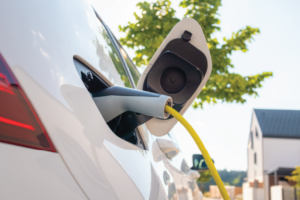 If you place in service a new plug-in electric vehicle (EV) or fuel cell vehicle (FCV) in 2023 or after, you may qualify for a clean vehicle tax credit. Find information on credits from the IRS for used clean vehicles, qualified commercial clean vehicles, and new plug-in EVs purchased before 2023. The IRS has also released a fact sheet with frequently asked questions related to new, previously owned and qualified commercial clean vehicle credits.
If you place in service a new plug-in electric vehicle (EV) or fuel cell vehicle (FCV) in 2023 or after, you may qualify for a clean vehicle tax credit. Find information on credits from the IRS for used clean vehicles, qualified commercial clean vehicles, and new plug-in EVs purchased before 2023. The IRS has also released a fact sheet with frequently asked questions related to new, previously owned and qualified commercial clean vehicle credits.
Many of the tax credits included in the IRA allow direct payments to be made in lieu of a reduction in tax liability (“direct pay”) and/or an option to monetize the credits by transferring them to an entity with greater tax liability (“transferability”). Direct pay is limited to certain tax exempt and governmental entities for most of the eligible tax credits. The U.S. Department of Energy has more information about these options in their Inflation Reduction Act Summary.
You have the power to save money and energy in your own home. U.S. homeowners and renters can find strategies for saving energy and keeping energy costs down during the spring and summer here. If you’re interested in pursuing a renewable energy option like solar power, read our tips for financing a successful and sustainable residential solar photovoltaic system.


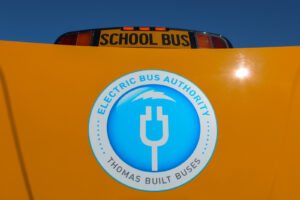

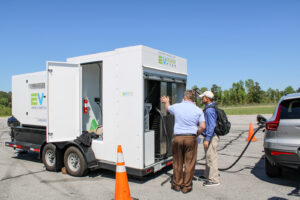
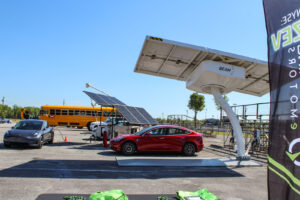
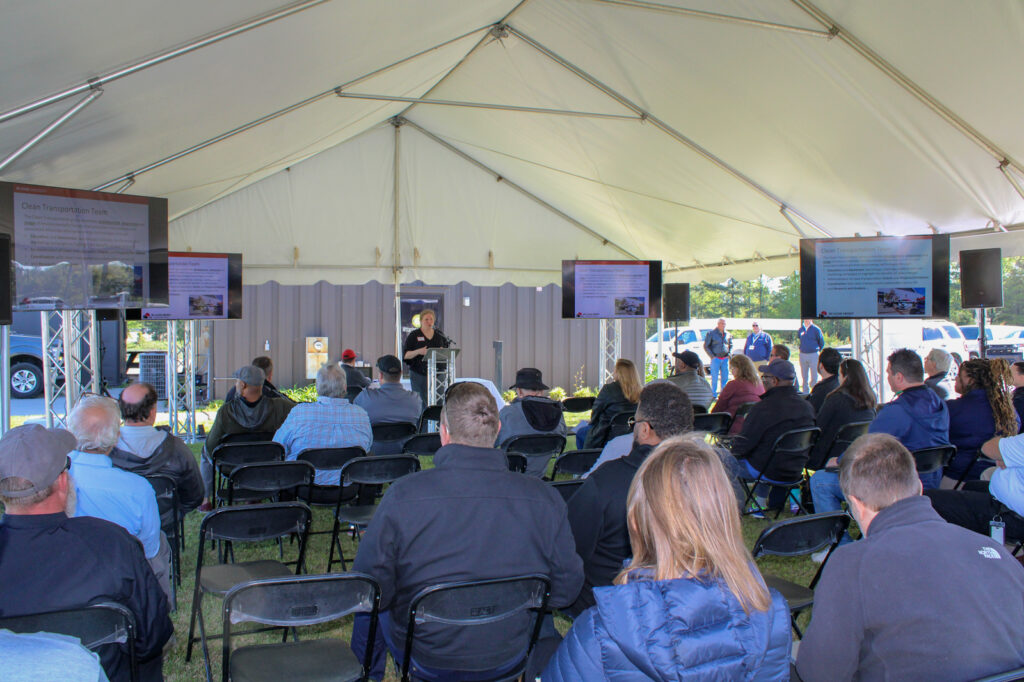
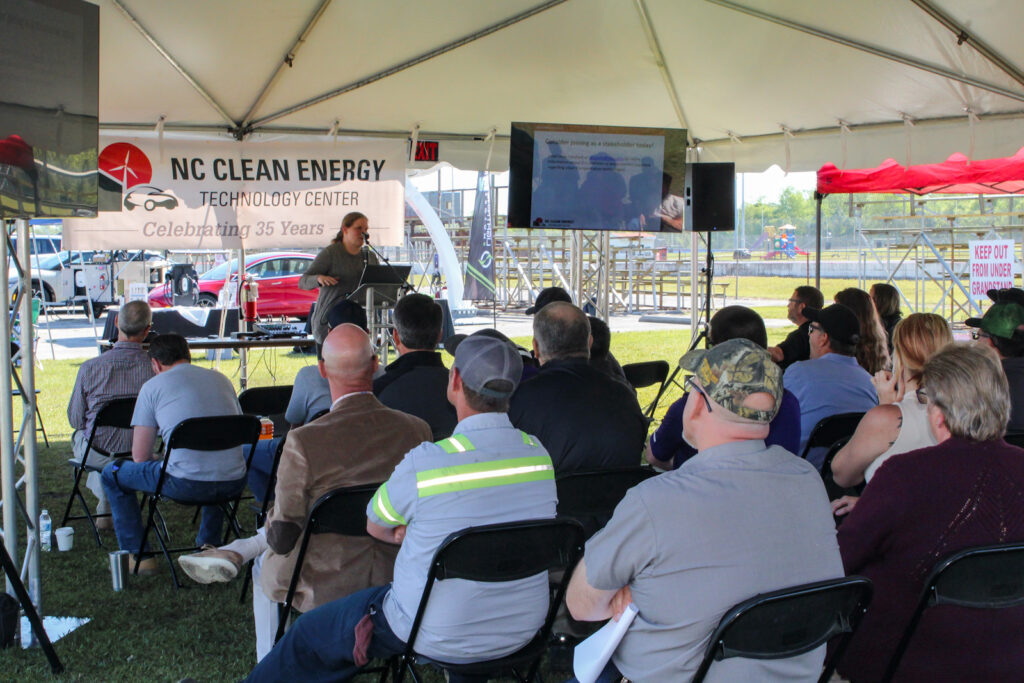
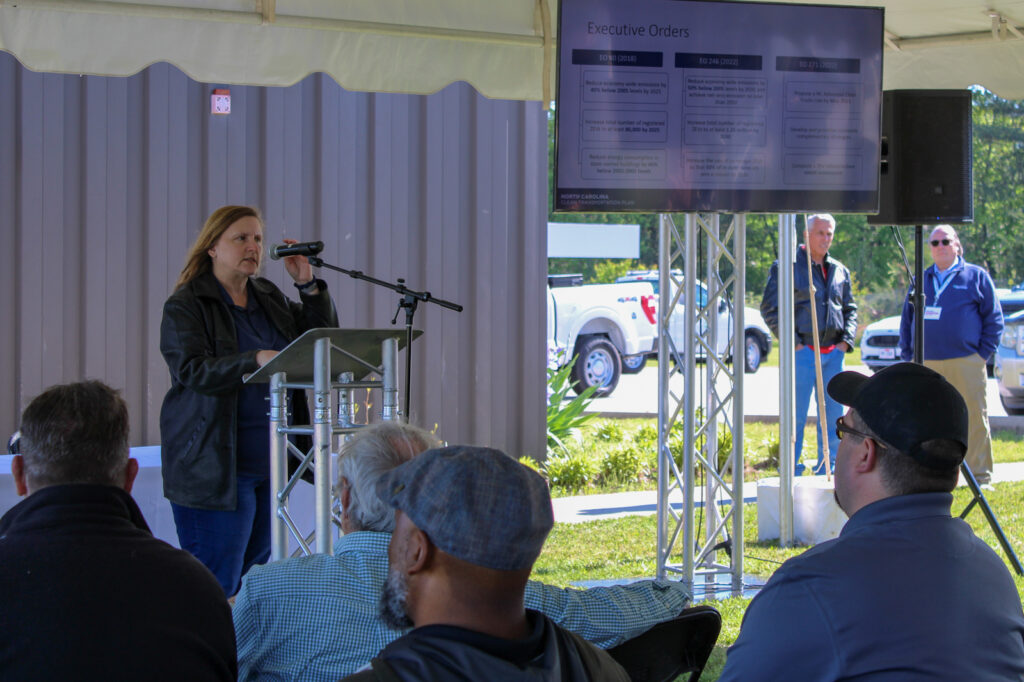
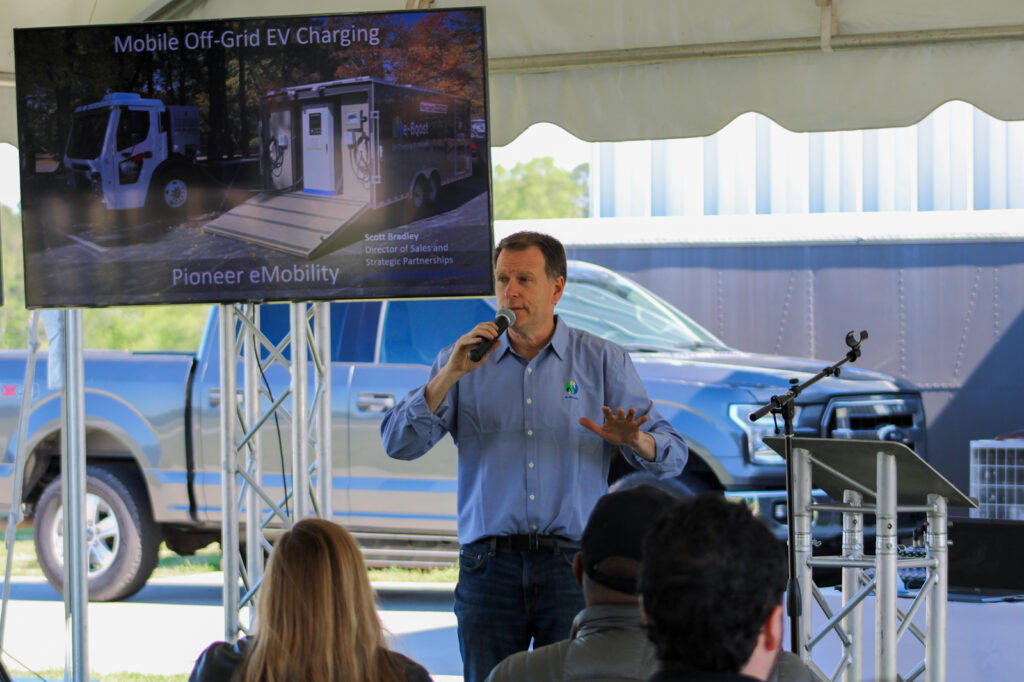
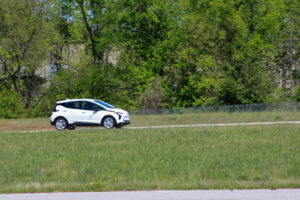
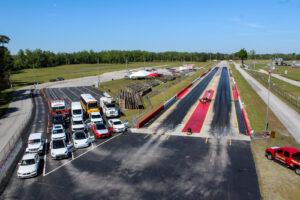
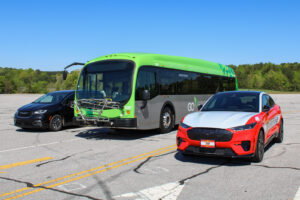
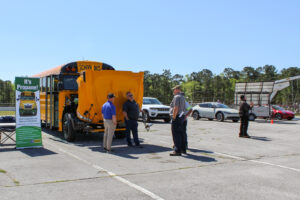
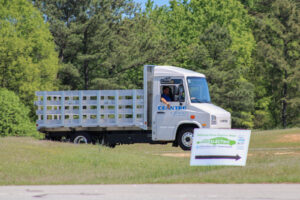
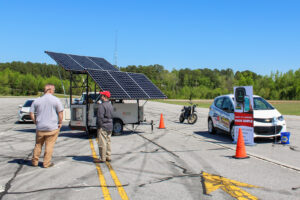
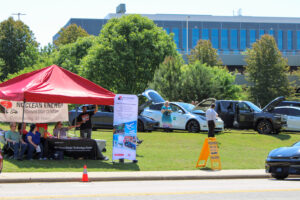
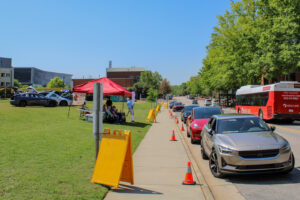
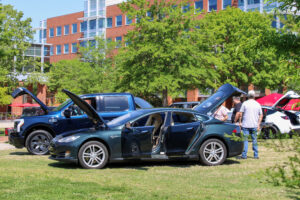
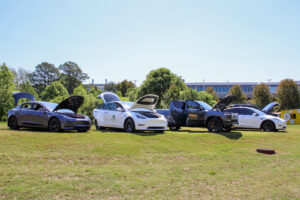
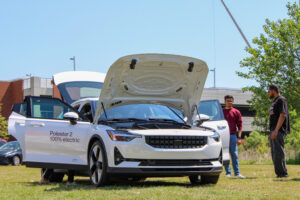
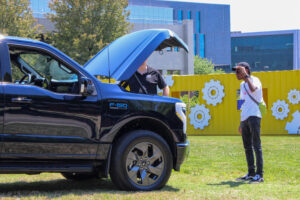















 Findings from a two-year demonstration of a V2G technology in North Carolina show the positive economic potential for using bidirectional charging technologies to feed energy stored in electric vehicle batteries back to charging sites, especially when the grid is experiencing high demand. The
Findings from a two-year demonstration of a V2G technology in North Carolina show the positive economic potential for using bidirectional charging technologies to feed energy stored in electric vehicle batteries back to charging sites, especially when the grid is experiencing high demand. The  e’s two Nissan LEAF Plus cars. The Nissan LEAF has led the way in the fully electric passenger vehicle market that is capable of vehicle-to-grid technologies in the United States. The market has since grown with the vehicle-to-building capable F-150 Lightning, the Hyundai IONIQ, and the Kia EV6 expanding the development of V2X technologies.
e’s two Nissan LEAF Plus cars. The Nissan LEAF has led the way in the fully electric passenger vehicle market that is capable of vehicle-to-grid technologies in the United States. The market has since grown with the vehicle-to-building capable F-150 Lightning, the Hyundai IONIQ, and the Kia EV6 expanding the development of V2X technologies.


 Global momentum towards zero-emissions vehicle (ZEV) adoption has continued to accelerate over the last year. For 2022, annual passenger electric vehicle (EV) sales were on track for around 10.6 million units, up from 3.1 million in 2020 and 6.6 million in 2021, according to a
Global momentum towards zero-emissions vehicle (ZEV) adoption has continued to accelerate over the last year. For 2022, annual passenger electric vehicle (EV) sales were on track for around 10.6 million units, up from 3.1 million in 2020 and 6.6 million in 2021, according to a  To help planners and developers select the perfect site to fit their needs, the
To help planners and developers select the perfect site to fit their needs, the  The EVSE Suitability GIS tool enables utilities and other EVSE developers to efficiently and accurately determine site suitability with the flexibility to explore alternative weighting schemes. For the scope of NCCETC’s project, the suitability tool was applied over a 5-county region that REC serves, and several variables of interest to include were determined according to REC.
The EVSE Suitability GIS tool enables utilities and other EVSE developers to efficiently and accurately determine site suitability with the flexibility to explore alternative weighting schemes. For the scope of NCCETC’s project, the suitability tool was applied over a 5-county region that REC serves, and several variables of interest to include were determined according to REC. Infrastructure variables of interest included data on existing EVSE, roads and highways, proximity to interchanges, and electric grid accessibility and interconnection capabilities. The geographic distribution of EVs is not uniform, so population and vehicle density can be valuable for identifying opportunities to construct new EV charging infrastructure.
Infrastructure variables of interest included data on existing EVSE, roads and highways, proximity to interchanges, and electric grid accessibility and interconnection capabilities. The geographic distribution of EVs is not uniform, so population and vehicle density can be valuable for identifying opportunities to construct new EV charging infrastructure. Points-of-interest in the EVSE Suitability GIS product can indicate businesses or amenities that could be valuable to the public like nearby parks or restaurants that can occupy a driver’s time while they wait to charge. Another consideration is that certain types of points-of-interest are more likely to coincide with facilities, safety and visibility such as access to public restrooms or parking areas monitored by surveillance cameras.
Points-of-interest in the EVSE Suitability GIS product can indicate businesses or amenities that could be valuable to the public like nearby parks or restaurants that can occupy a driver’s time while they wait to charge. Another consideration is that certain types of points-of-interest are more likely to coincide with facilities, safety and visibility such as access to public restrooms or parking areas monitored by surveillance cameras.